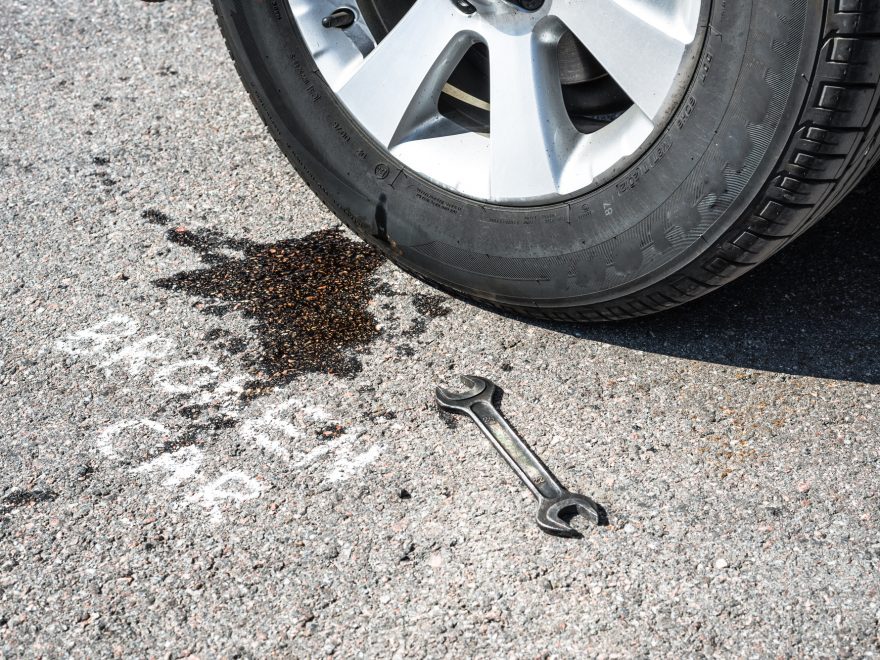Did you know that 75 percent of auto repairs are done by an independent auto repair shop, while 25 percent by the dealership?
Little do people know that there are a lot of things they can fix themselves.
Not everyone has to be a master mechanic to change out the oil, change the tires or do a tire leak repair.
If you’re noticing that a tire is losing air, we’ve got the lowdown on how to do-it-yourself so read on!
Discovering the Leak
First of all, it’s important to understand what causes a leak and where to locate it. The easiest way to inspect for any potential leaks is to remove the tire from the car.
Perhaps there’s a nail sticking out.
In order to find the leak, mix some soap and water into a spray bottle. Spray the wheels, tires, and rims.
Why soap and water? Because bubbles form where the air is leaking out of your car.
If you don’t have a spray bottle handy—no problem! Take the tire off and place it into a large tub of water. Once you see the little bubbles, you’ll find the leak.
Do-It-Yourself Tire Leak Repair Process
Most people immediately take their car to a workshop.
Stop right there!
To do it yourself, use some tire sealant or a special plug kit. Both of these can be found at your local auto supplies shop.
Using the Sealant
In addition to the sealant, you’ll need an air pump and a pressure gauge.
First, insert the nose of the sealant into the puncture where the air is coming from. Make sure the sealant “is pouring right on the inside surface of the tire and that all of it is gone.”
The sealant works as a protective layer, so once you pump air back in, you’ll see the difference.
Using the Kit
The kit contains a set of plugs, rubber cement, a reaming tool and a plug tool. The kit might be a bit more complicated because you’ll also need pliers, a car jack, and a lug wrench.
First, remove the nail from the tire. Use the reaming tool to clean the hole and make the plug fit properly.
Next, insert the plug and cover the tip with some rubber cement. Afterward, insert the plug into the hole and pull it out. Once you see the cement is dry, pump up the tire.
Maintaining Proper Inflation
To avoid a leaky tire, check the air pressure in your tires once a week. Definitely check when it’s cooler outside because you’ll notice that tires lose a bit of air when the weather changes.
Use a calibrated pressure gauge to get the correct reading. Some gas stations offer gauges so take advantage of the opportunity.
Stay Safe
Now that you’ve got the lowdown on how to perform a tire leak repair, get to it! You’ll become the talk of the neighborhood and everyone will want your help.
If you’re looking for additional DIY car tips, we’ve got a bunch on our blog.

